
Difference between Ground School and Flight School
| June 29, 2020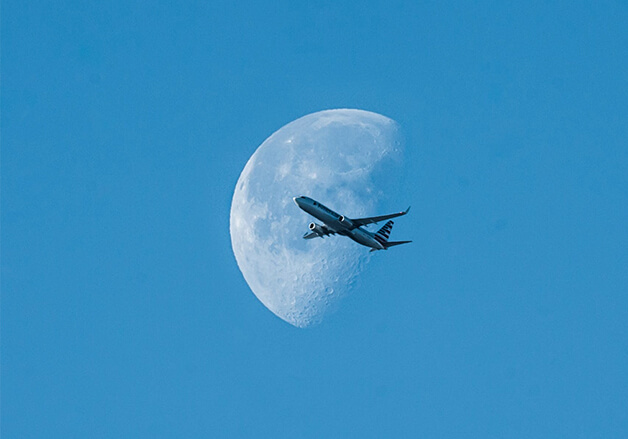
As a pilot to be, the type of pilot you become depends basically on the training you have. In training, you gain aeronautical knowledge, master flight maneuvers, and acquire habits that will stick with you throughout your career. Although flight school is necessary to learn how to fly airplanes, ground school is of the same importance to become a competent pilot.
The duration of your training depends on your availability, your goal, and finances. Additionally, each pilot license requires different ground school and flight school training.
With many playing factors, it’s crucial to know what to expect in your flight training.
So, what is ground school? What is a flight school? Are they related or are they two separate entities? Let’s take a closer look to find out.
Ground School and Flight School: What are they?
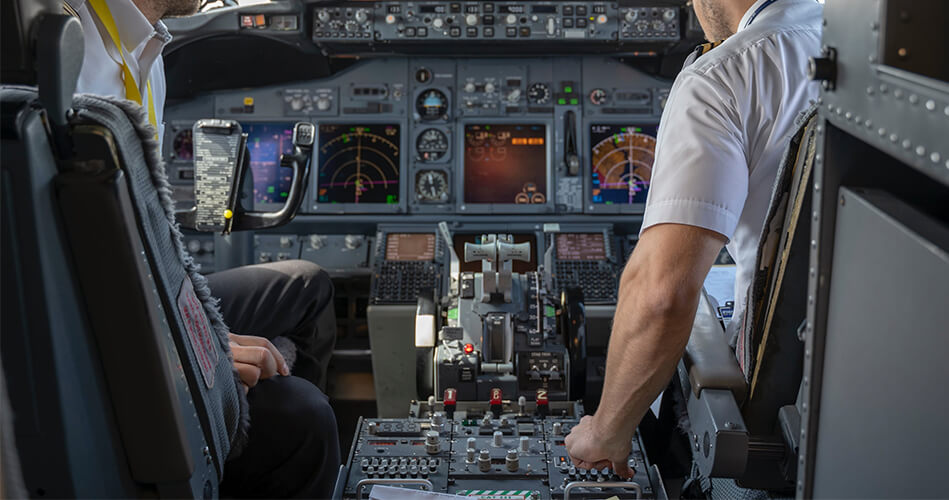
Ground School and flight school are the two parts that make up your pilot training.
During ground school, you learn the theory about how airplanes fly, the weather, and several other aviation-related topics. The main goal of ground school is to help you pass the knowledge test.
On the other hand, flight school is where you take practical lessons to become proficient in piloting an aircraft. At the e11nd of the flight school, you will be ready to take your practice test with an examiner.
With the exception of the student pilot certificate, getting any pilot license requires passing both knowledge and practical tests.
Becoming a pilot requires knowledge and skill, and you can only obtain those two through quality training in both ground school and flight school.
What is Ground School Training?

Before you can fly an airplane alone for the first time, you need to pass a pre-solo knowledge test. The test covers airspace rules and procedures for the airport where you’ll perform your first solo flight. The test also verifies your knowledge of the aircraft you’ll be flying. Aside from this, the ground school covers many other ground training areas.
Private Pilot Ground Training: Before you can get your private pilot license, you’ll need to pass a computerized aeronautical knowledge test. This test covers subjects such as the Aviation Regulations, navigation, radio communication procedures, and aerodynamics.
Commercial Pilot Ground Training: In addition to what you learned during your private pilot training, you will need to have knowledge in advanced areas, including advanced performance charts, emergency operations, and high altitude flying and commercial operations requirements.
What is Flight School Training?
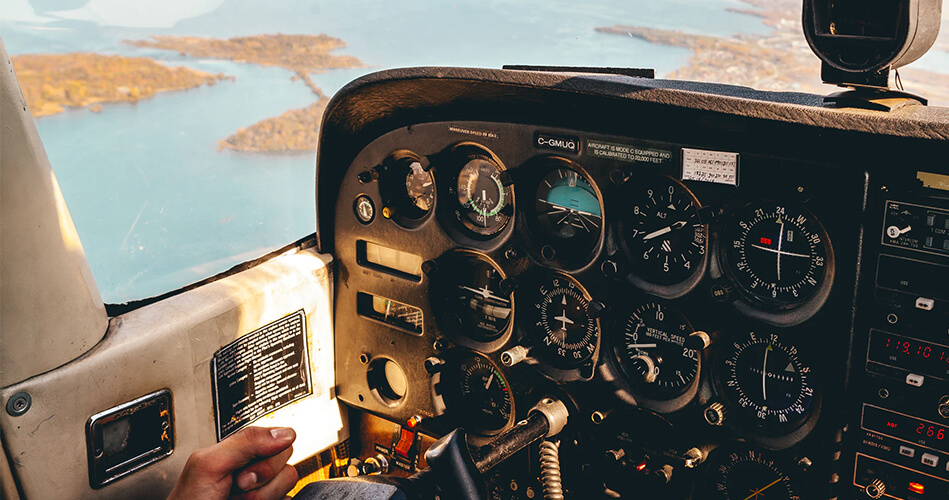
With flight school, you learn how to perform the maneuvers, procedures, and tasks involved with operating an aircraft. You’ll learn how to takeoff, communicate with air traffic control, and recover from stalls. You’ll start off using a flight simulator to get comfortable with the feel of handling a plane with your instructor next to you. After 10 to 20 hours you will be ready to try a solo flight.
Private Pilot Flight School Training: After you complete your first solo flight, your training will continue to cover more complex operations, including cross country, night flying, emergency procedures, and instrument maneuvers. Most people will take 60 to 75 flight hours to earn their private pilot certificate.
Commercial Pilot Flight School Training: Commercial pilots will go through more intense flight training during flight school. It will include instruments, high altitude, and complex aircraft operations. Commercial flights require flying between different airports, so you’ll need to know how to operate within controlled and uncontrolled airspace. A commercial license will require between 200 and 250 hours of flight hour training.
Other Types of Pilot Licenses
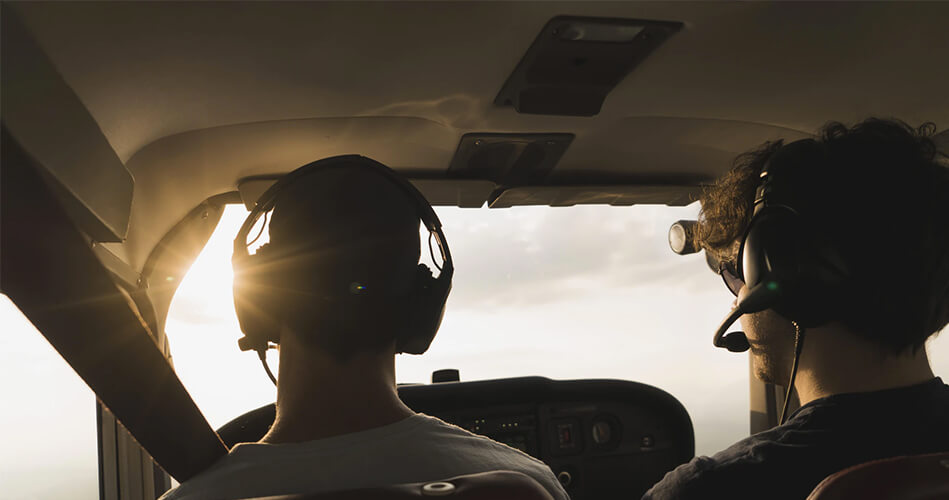
You may want to fly for pleasure, and in this case, you could consider a sport or recreational pilot license.
As a sport pilot, you may fly light-sport aircraft. Sport pilot certificate came in the early 2000s to make flying more affordable for hobbyists. As such, the minimum flight time to obtain the license is 20 hours before becoming ready for a practical test, or a check-ride. You also must pass a knowledge test covering relevant areas of operation.
The recreational pilot certificate allows you to fly bigger, more powerful aircraft than a sport pilot license. It also grants you more privileges. Accordingly, you need a bit more flight training, which translates into a minimum of 30 flight hours. You’re also required to pass a computerized knowledge test before getting your license.
In conclusion…
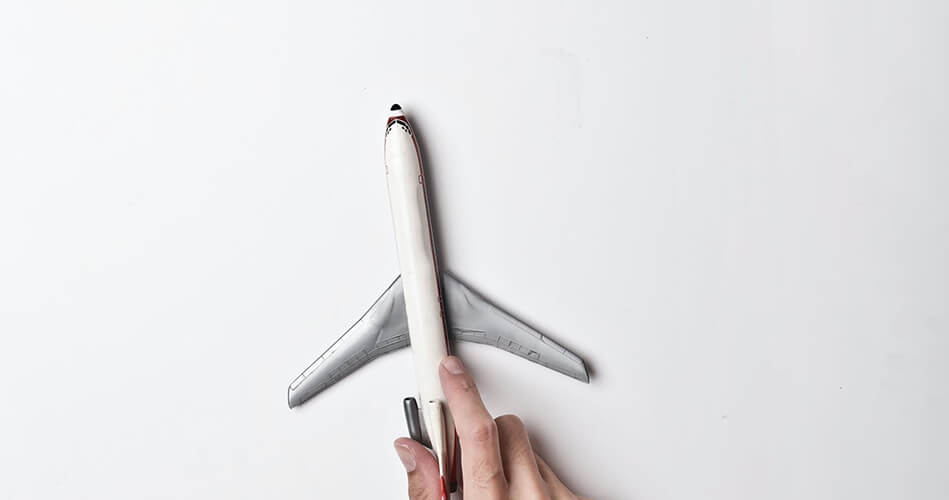
Pilots not only master the skill of flight, but they also have sound aviation knowledge. Flight school is important, and so is ground school.
Whether it’s for fun or an airline career, becoming a good pilot requires quality flight training. You need to find the right pilot school, flight instructor, and learning tools for the best results.
It’s worth taking the time to research and compare several pilot schools before you actually enroll in one. And remember that choosing a qualified flight school makes all the difference in time and money spent.
Also read:
Which certificate to obtain: Different types of pilot licenses
QUESTIONS ABOUT OUR FLIGHT ACADEMY? ASK A TRAINING ADVISOR




